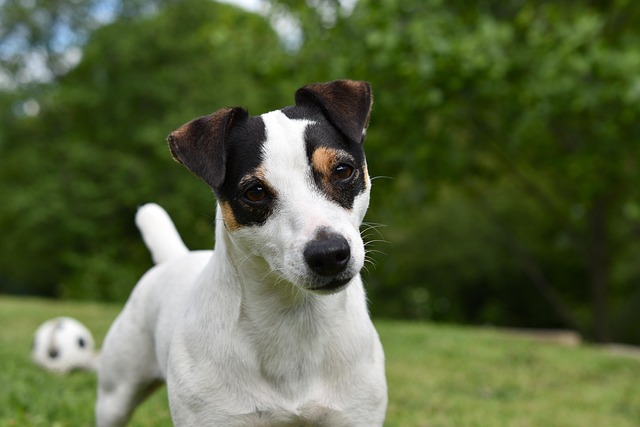
How do i train my dog to be obedient?
Watching your dog dart across the park ignoring your calls isn’t just frustrating—it can put them at risk near busy streets or public spaces.
Walking your dog through a neighborhood park and watching them lunge at every passing pup isn’t just stressful—it can also land you in hot water with local regulations. Many areas require dogs to stay leashed in public spaces, and a poorly controlled greeting could lead to fines or even conflicts with other owners. Start by practicing basic leash skills at home; reward your dog with treats when they walk calmly beside you, so they learn to associate self-control with positive outcomes.
Before letting your dog interact with another pup, read their body language carefully. A friendly dog will have loose shoulders, a wagging tail held at mid-height, and soft eyes. If the other dog is growling, stiffening up, or tucking their tail, it’s a sign they’re uncomfortable—step back immediately to avoid a fight. This isn’t just about manners; it’s about keeping both dogs safe. In some European countries, owners can be held liable if their dog injures another animal, so being able to recognize warning signs is crucial.
Keep initial greetings short and sweet—no more than 30 seconds at first. Let the dogs sniff each other briefly, but if either one starts to get overly excited (jumping, barking, or pulling), call your dog back to you. Use a happy, upbeat tone when giving commands; dogs respond better to positivity than scolding. You can also carry a favorite toy to redirect their attention if things get too intense. This teaches them that calm behavior during greetings leads to fun rewards, not chaos.
 Schedule playdates with dogs you know are friendly and well-socialized. Ask a neighbor or friend with a calm pup to meet up in a fenced yard. Supervise the interaction closely, and intervene if either dog gets too rough. Over time, your dog will learn what “proper” play looks like—taking turns, not pinning the other dog down for too long, and stopping when the other pup signals they’re done. This kind of controlled socialization builds their confidence and reduces anxiety around new dogs.
Schedule playdates with dogs you know are friendly and well-socialized. Ask a neighbor or friend with a calm pup to meet up in a fenced yard. Supervise the interaction closely, and intervene if either dog gets too rough. Over time, your dog will learn what “proper” play looks like—taking turns, not pinning the other dog down for too long, and stopping when the other pup signals they’re done. This kind of controlled socialization builds their confidence and reduces anxiety around new dogs.
Remember that every dog is different—some love meeting new friends, while others are more shy or reserved. Never force your dog to greet another pup if they seem scared. Respecting their boundaries not only keeps them happy but also prevents defensive behavior. In the U.S., many cities have laws against “nuisance dogs,” and a dog that’s repeatedly forced into stressful situations may act out, leading to complaints from neighbors.
By combining patience, consistent training, and respect for both your dog and others, you’ll help your pup master the art of proper greetings. Not only will this make walks more enjoyable for both of you, but it will also ensure you’re following local laws and being a responsible member of the pet community. Over time, you’ll notice your dog stays calmer around other pups, and you’ll feel more confident taking them out in public—whether it’s a trip to the park or a walk around the block.

Watching your dog dart across the park ignoring your calls isn’t just frustrating—it can put them at risk near busy streets or public spaces.

New puppy owners often find themselves rushing to clean up accidents before they set in, and that’s where puppy pad training becomes a game-changer.

If you've noticed your dog's waistline disappearing and your veterinarian has mentioned those few extra pounds, your first instinct might be to simply reduce the amount of food in their bowl.

Training a dog to use a designated spot indoors isn’t as daunting as many new owners fear, but it does take consistency and an understanding of your pet’s needs.

That moment of dread on a walk is all too familiar for many new dog owners. You see another dog approaching down the sidewalk of your neighborhood

If the sight of another dog on your neighborhood walk makes your heart sink as your own dog erupts into a frenzy of barking and lunging, you're not alone.